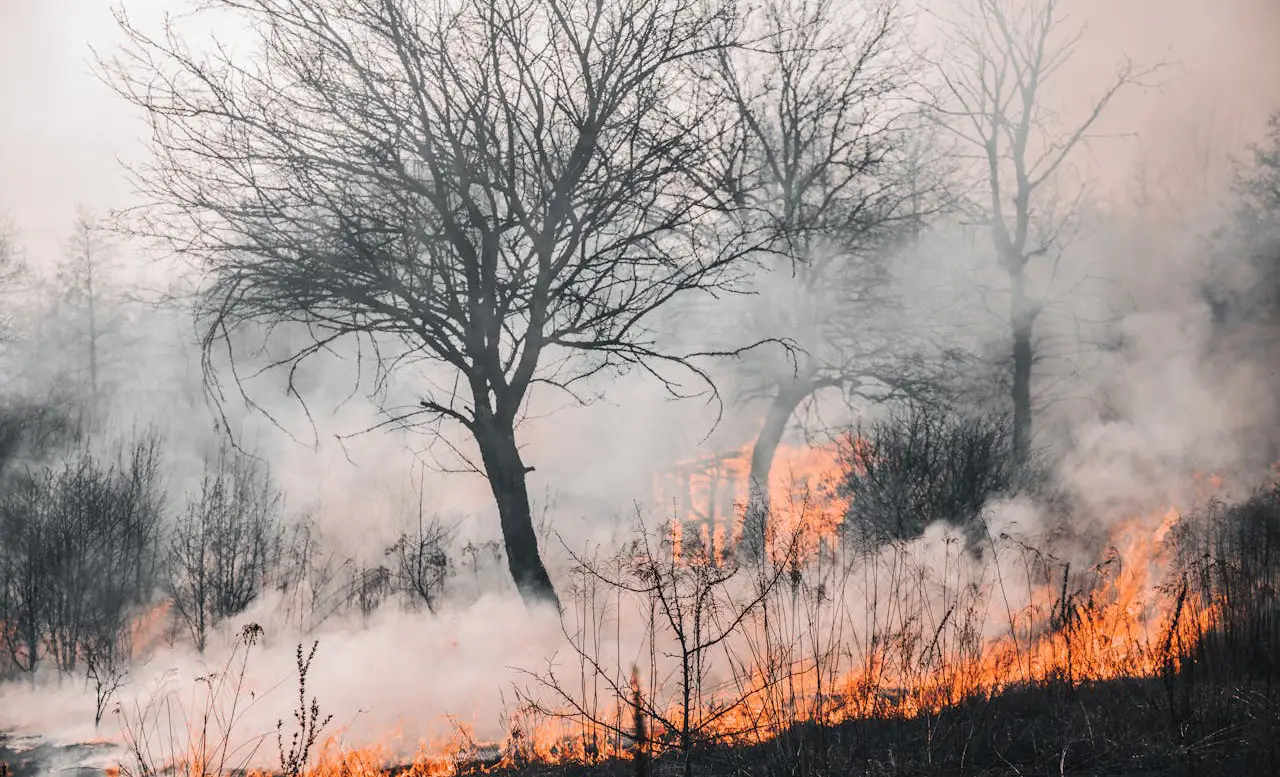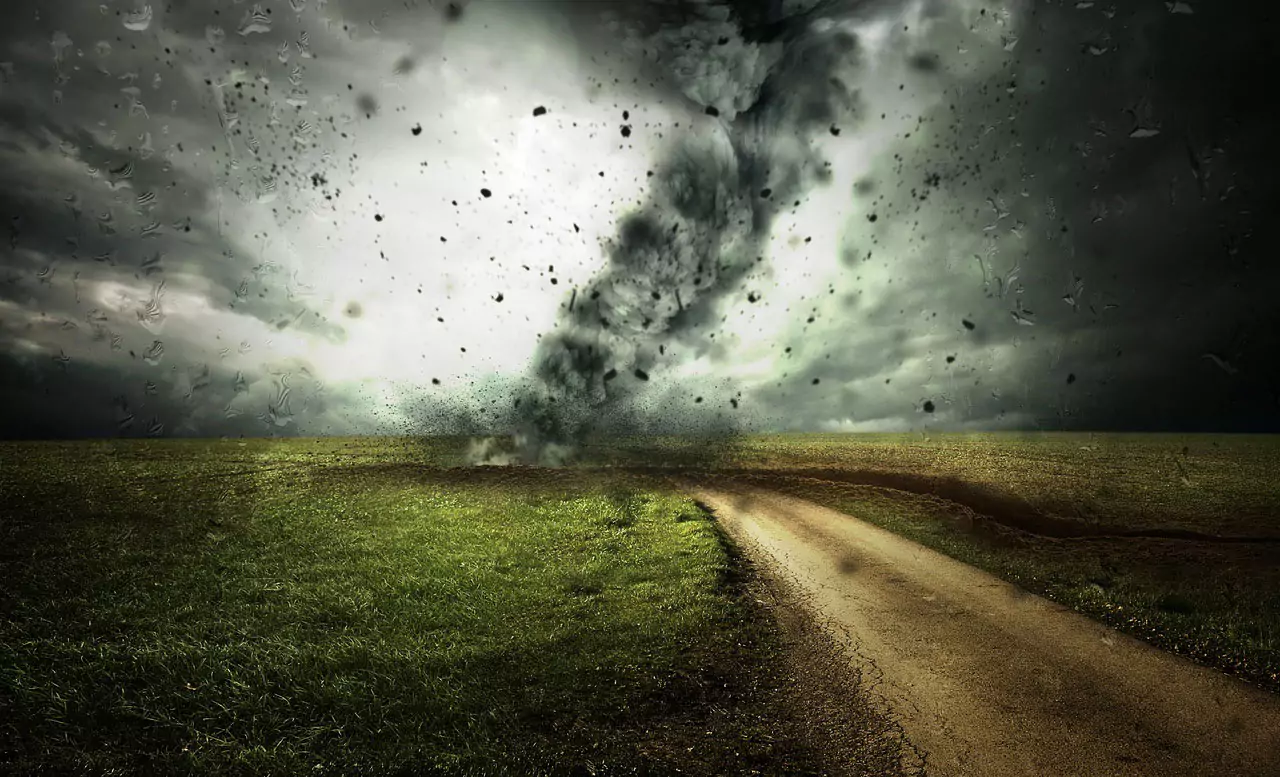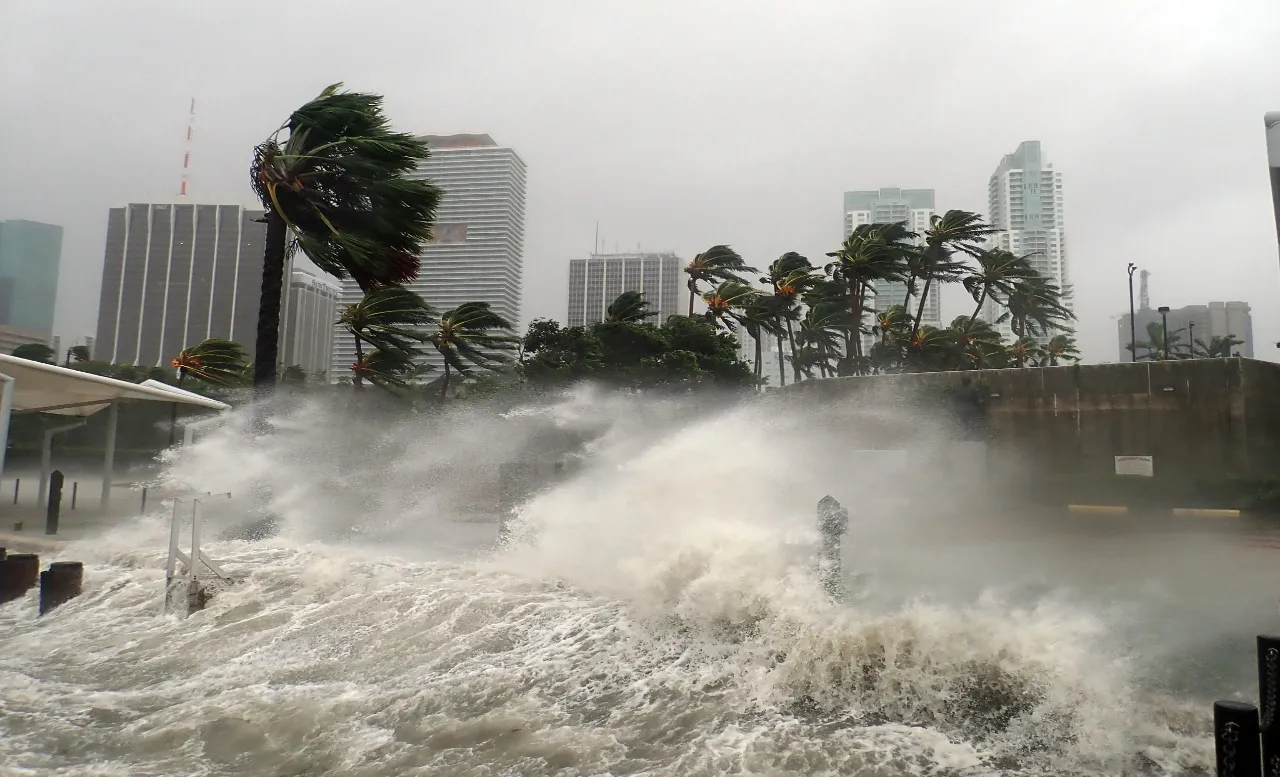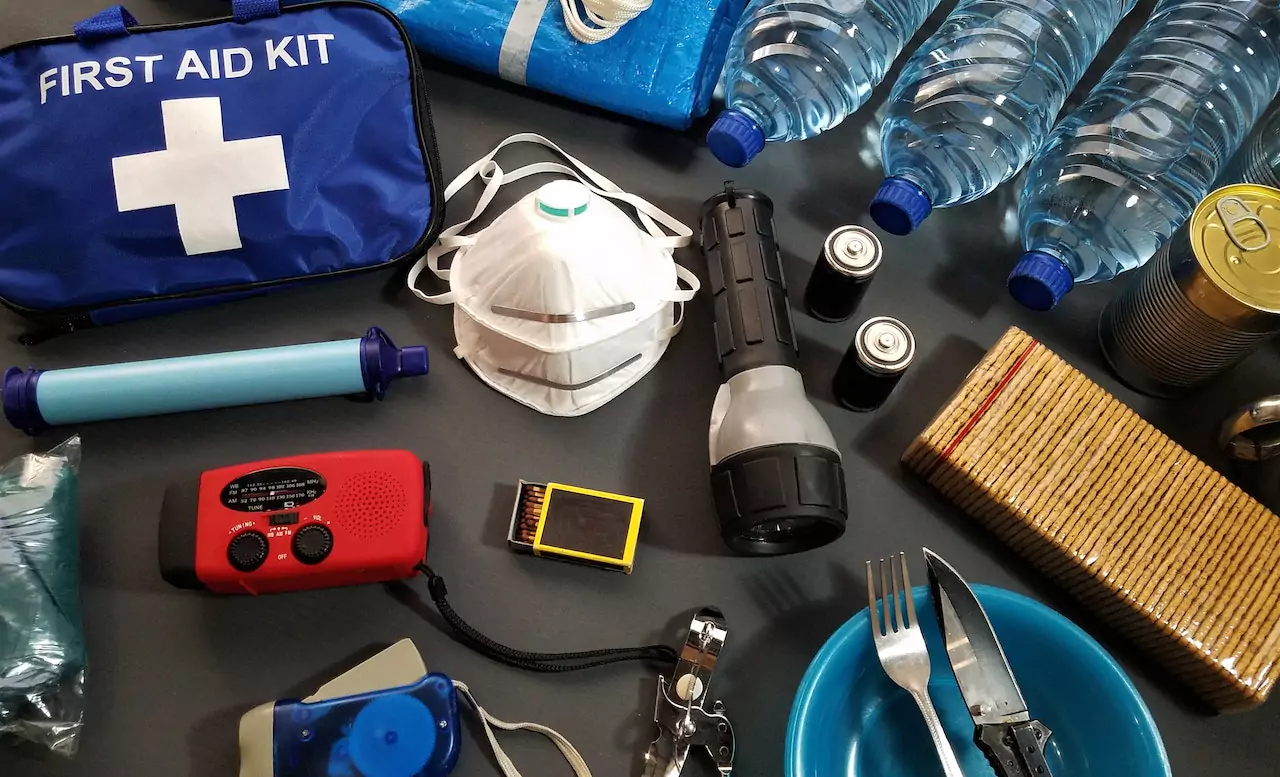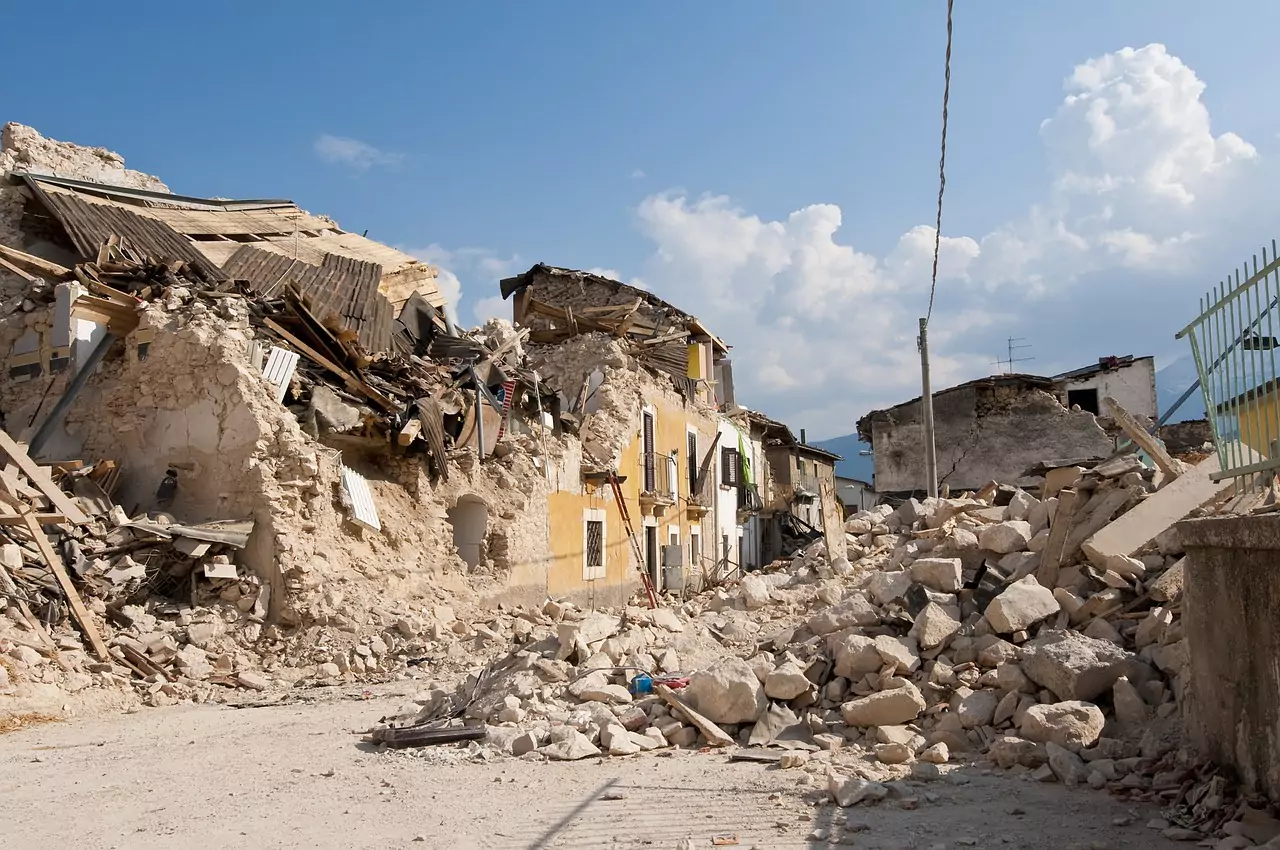A bushfire can turn a peaceful day into chaos within minutes. The heavy smoke, roaring flames, and burning heat provide little time to respond. If you reside in a fire-prone location, waiting until the last minute is not an option. Survival relies heavily on preparation. Taking preemptive measures can help protect your house and your loved ones and offer you peace of mind when bushfire season strikes. This article outlines critical steps you may take to keep prepared and lessen the danger of destruction.
1. Create a Bushfire Survival Plan
Having a clear strategy ensures that everyone in your household understands what to do in an emergency. Discuss evacuation routes, meeting locations, and emergency contacts. Decide if you will stay to defend your home or depart early. Make sure your strategy includes a secure escape route for pets. Once you’ve created a plan, practice it on a regular basis to avoid confusion when time is short.
2. Prepare Your Property
A well-maintained property can significantly reduce the risk of fire damage. Keep your surroundings clear of dry leaves, dead branches, and flammable debris. Trim trees and bushes, especially those close to your home. Store firewood and fuel away from the house. Install metal gutter guards to prevent embers from igniting leaves. If possible, use fire-resistant building materials for fences, decks, and roofs. These small changes can make a big difference in protecting your home.
3. Stock Up on Emergency Supplies
During a blaze, power shortages and road restrictions can make it difficult to get to necessary products. Prepare an emergency kit with food, water, first-aid supplies, medicines, batteries, a flashlight, and important documents. Keep an N95 mask on hand to guard against smoke inhalation. A battery-powered radio can keep you informed of fire conditions. If evacuation is required, having these items packed and ready could save valuable time.
4. Stay Informed and Alert
Bushfire conditions change quickly, so staying informed is critical. Follow weather forecasts and fire alerts from official sources. Register for emergency notifications in your area. Download apps that provide real-time information about fire dangers. Keep an eye out for smoke and temperature fluctuations, which can signify impending danger. If authorities issue an evacuation order, respond promptly; delaying might endanger lives.
5. Have an Evacuation Strategy
Leaving early is usually the safer option. Determine various escape routes in case the roads are closed. During wildfire season, keep your car’s gas tank filled. Prepare a go-bag with necessary items such as clothing, water, and emergency contact information. If you must stay, make your home as fire-resistant as feasible. Close all windows and doors, fill the gutters with water, and remove any flammable things from the home. These precautions may improve your probability of survival.
Wrapping Up
A bushfire can strike with little notice, but preparation can make all the difference. You can improve your chances of survival by devising a survival strategy, protecting your property, collecting emergency supplies, becoming educated, and planning evacuation routes. Don’t wait until danger strikes; take action immediately to protect your home and family.
